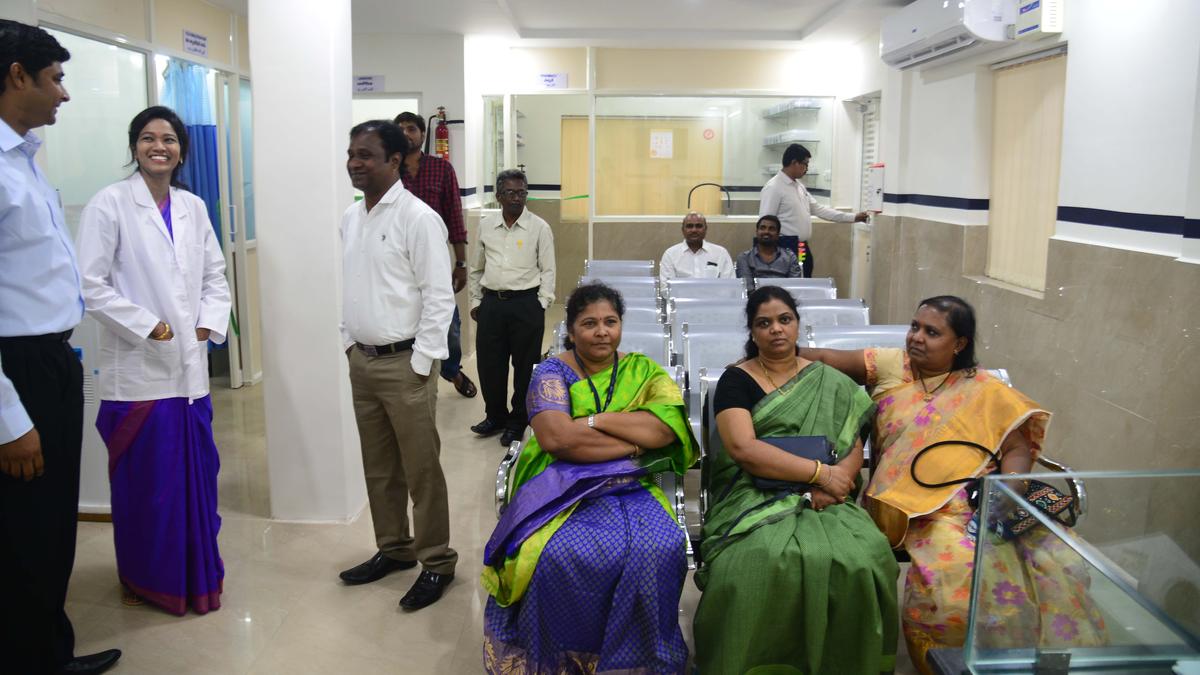Science
India’s Life Expectancy Surges: A Look at 80 Years of Health Progress

India has seen a significant increase in life expectancy over the past 80 years. In 1947, a newborn in India could expect to live only 32 years. By 2022, that figure had risen to 70.19 years, and it currently stands at 72 years, approaching the global average of 73.4 years. This upward trend reflects substantial improvements in healthcare and public health policies across the country.
Life expectancy serves as a crucial indicator of a population’s health, combining factors such as mortality rates and the impact of various health conditions. The journey towards improved health outcomes in India has been marked by gradual advancements, particularly in the last few decades. Following independence, the newly formed government faced a daunting array of health challenges, including high rates of infectious diseases and maternal and child mortality.
According to research by Sanjay P. Zodpey and Preeti H. Negandhi, data from the 1951 Census revealed that India’s population was 36.1 crores with an infant mortality rate (IMR) of 145.6 per 1,000 live births and a maternal mortality ratio (MMR) of 2000 per 100,000 live births. The number of doctors was limited to just 50,000, with only 725 primary health care centers in operation.
The health crisis faced by India at the time of independence was compounded by a range of infectious diseases, including malaria, tuberculosis, and cholera. The government prioritized addressing these diseases, laying the groundwork for significant public health initiatives. The foundational shifts in policy began with the Bhore Committee report of 1946, which advocated for a state-led healthcare model focused on universal access and preventive care. This report led to the establishment of Primary Health Centres (PHCs), which have expanded access to essential health services for lower-income populations.
Over the years, India introduced several national health programs, including the National Malaria Control Program in 1953 and the National Tuberculosis Program. These efforts culminated in landmark achievements, such as the global eradication of smallpox in 1980 and the elimination of polio, certified by the World Health Organization in 2014. These campaigns were marked by extensive public outreach and involvement from both state and non-state actors.
Despite these successes, challenges remain. Infant mortality has decreased dramatically, from approximately 161 per 1,000 live births in 1947 to about 26 per 1,000 today. Similarly, maternal mortality has fallen from over 2,000 per 100,000 live births to roughly 103 in 2024. However, regional disparities persist, with some states experiencing much higher rates than others.
The introduction of the New Economic Policy in the 1990s transformed the healthcare landscape, promoting privatization and globalisation. This shift allowed the private sector to become a significant player in health services, improving access and efficiency but also leading to increased out-of-pocket expenses for many. The growth of the pharmaceutical industry also emerged during this time, positioning India as a major supplier of generics worldwide.
In 2005, the launch of the National Rural Health Mission aimed to enhance healthcare delivery in rural areas. Among its notable initiatives was the introduction of the Accredited Social Health Activist (ASHA) program, which mobilized women in communities to promote health awareness and services directly in villages.
As India continues to navigate an epidemiological transition, the burden of non-communicable diseases such as diabetes and cardiovascular diseases has increased, driven by changes in lifestyle and dietary habits. The government has responded by launching national programs to address these issues, while also maintaining vigilance against infectious disease outbreaks.
India now stands on the brink of a demographic transition, with a youthful population poised to contribute to the country’s growth. However, attention must also be given to the health needs of an ageing population as the nation prepares to harness its demographic dividend.
The path forward is complex, requiring a balanced approach that ensures equitable access to healthcare for all citizens, regardless of their economic situation. The lessons learned from the past 80 years underscore the importance of sustained investment in health infrastructure and services, paving the way for a healthier future for India’s diverse population.
-

 World5 months ago
World5 months agoSBI Announces QIP Floor Price at ₹811.05 Per Share
-

 Lifestyle5 months ago
Lifestyle5 months agoCept Unveils ₹3.1 Crore Urban Mobility Plan for Sustainable Growth
-

 Science4 months ago
Science4 months agoNew Blood Group Discovered in South Indian Woman at Rotary Centre
-

 World5 months ago
World5 months agoTorrential Rains Cause Flash Flooding in New York and New Jersey
-

 Top Stories5 months ago
Top Stories5 months agoKonkani Cultural Organisation to Host Pearl Jubilee in Abu Dhabi
-

 Sports4 months ago
Sports4 months agoBroad Advocates for Bowling Change Ahead of Final Test Against India
-

 Science5 months ago
Science5 months agoNothing Headphone 1 Review: A Bold Contender in Audio Design
-

 Top Stories5 months ago
Top Stories5 months agoAir India Crash Investigation Highlights Boeing Fuel Switch Concerns
-

 Business5 months ago
Business5 months agoIndian Stock Market Rebounds: Sensex and Nifty Rise After Four-Day Decline
-

 Sports4 months ago
Sports4 months agoCristian Totti Retires at 19: Pressure of Fame Takes Toll
-

 Politics5 months ago
Politics5 months agoAbandoned Doberman Finds New Home After Journey to Prague
-

 Top Stories5 months ago
Top Stories5 months agoPatna Bank Manager Abhishek Varun Found Dead in Well









